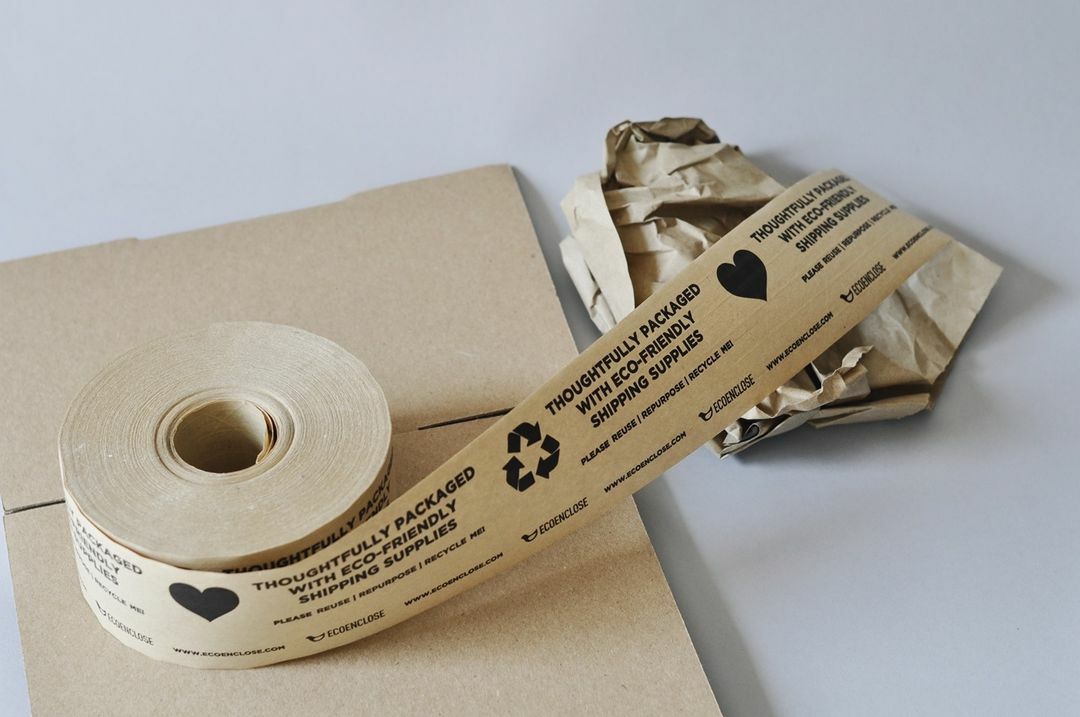In today’s rapidly evolving world, businesses are increasingly leaning towards sustainability and eco-friendly practices. Among these practices, biodegradable label printing stands out as a significant contributor to reducing environmental impact. This shift is not only beneficial for the planet but also enhances a brand’s image, making it more appealing to environmentally conscious consumers.

What is Biodegradable Label Printing?
Biodegradable label printing involves the use of materials that can decompose naturally without harming the environment. These labels are made from organic materials that break down into non-toxic components after disposal. The process ensures that the labels do not contribute to the ever-growing waste problem.
Why Choose Biodegradable Labels?
Choosing biodegradable labels is not just a trend; it’s a responsible choice for businesses aiming to reduce their carbon footprint. It aligns with the growing consumer demand for sustainable products. By opting for biodegradable labels, companies demonstrate their commitment to environmental sustainability.
The Impact of Biodegradable Label Printing on the Environment
Traditional labels contribute significantly to environmental pollution. They often end up in landfills, taking years to decompose. In contrast, biodegradable labels decompose much faster and do not release toxic substances into the soil or water. This makes them an excellent choice for companies looking to minimize their environmental impact.
Materials Used in Biodegradable Labels
Biodegradable labels are made from various materials, including plant-based plastics, cellulose, and other organic substances. These materials are carefully selected to ensure they break down efficiently after disposal.
Benefits of Biodegradable Label Printing for Businesses
Enhancing Brand Image
Incorporating biodegradable labels into your products can significantly enhance your brand image. Consumers are increasingly drawn to brands that prioritize sustainability. By using eco-friendly labels, businesses can attract a broader audience and build a positive reputation.
Cost-Effective Solutions
While the initial cost of biodegradable labels may be higher than traditional ones, the long-term benefits outweigh the expenses. These labels can lead to cost savings by reducing waste management expenses and improving brand loyalty.
Implementing Biodegradable Label Printing in Your Business
Understanding Consumer Preferences
It’s essential for businesses to understand their consumer base and their preferences. Many consumers today prefer products with eco-friendly packaging. Implementing biodegradable labels can meet these expectations and enhance customer satisfaction.
Collaborating with Eco-Friendly Suppliers
Partnering with suppliers who prioritize sustainability is crucial for businesses aiming to implement biodegradable labels. These suppliers can provide high-quality materials that meet environmental standards.
Challenges in Biodegradable Label Printing
While biodegradable label printing offers numerous benefits, it also comes with challenges. Ensuring the durability and quality of biodegradable labels can be more complex than traditional labels. Businesses must work closely with suppliers to overcome these challenges and produce effective solutions.
Adapting to Technological Changes
The printing industry is continuously evolving, with new technologies emerging to support sustainable practices. Businesses must stay updated with these changes to remain competitive and ensure their labels meet the latest environmental standards.
Future of Biodegradable Label Printing
The future of biodegradable label printing looks promising. As more businesses and consumers become aware of the environmental impact of their choices, the demand for sustainable labels is expected to grow. Innovations in materials and printing techniques will likely make biodegradable labels more accessible and affordable.
Government Regulations and Support
Governments worldwide are introducing regulations to encourage sustainable practices. Businesses that adopt biodegradable labels may benefit from incentives and support from authorities, further promoting their use.
Conclusion
In conclusion, biodegradable label printing represents a crucial step towards sustainability in the business world. By choosing eco-friendly labels, companies can reduce their environmental impact, enhance their brand image, and meet the growing consumer demand for sustainable products.

FAQs
What materials are used in biodegradable label printing?
Biodegradable labels are typically made from plant-based plastics, cellulose, and other organic materials.
Are biodegradable labels more expensive?
Initially, biodegradable labels may cost more than traditional ones. However, they can lead to long-term cost savings by reducing waste management expenses and enhancing brand loyalty.
How do biodegradable labels benefit the environment?
Biodegradable labels decompose naturally without releasing toxic substances, reducing environmental pollution and waste.
For more insights on sustainable printing practices, visit Eco Branding and Zero Waste Paper. For additional tips, check out this guide.
This article contains affiliate links. We may earn a commission at no extra cost to you.







